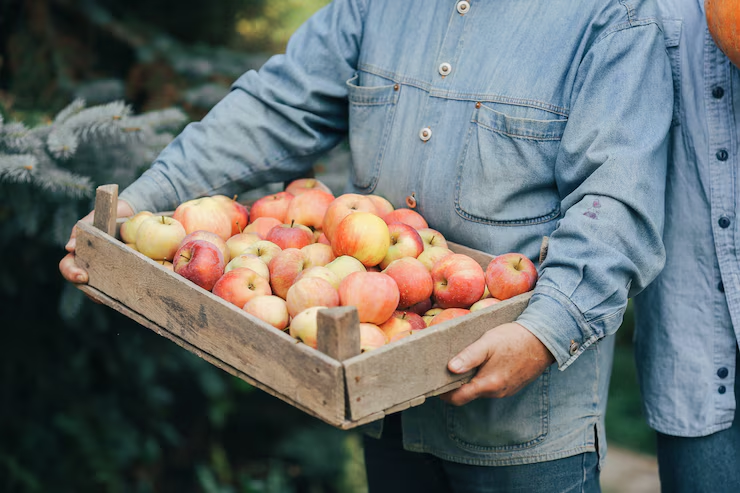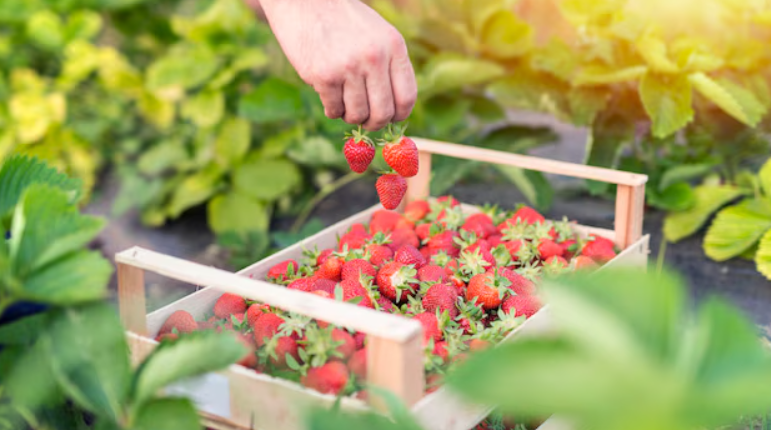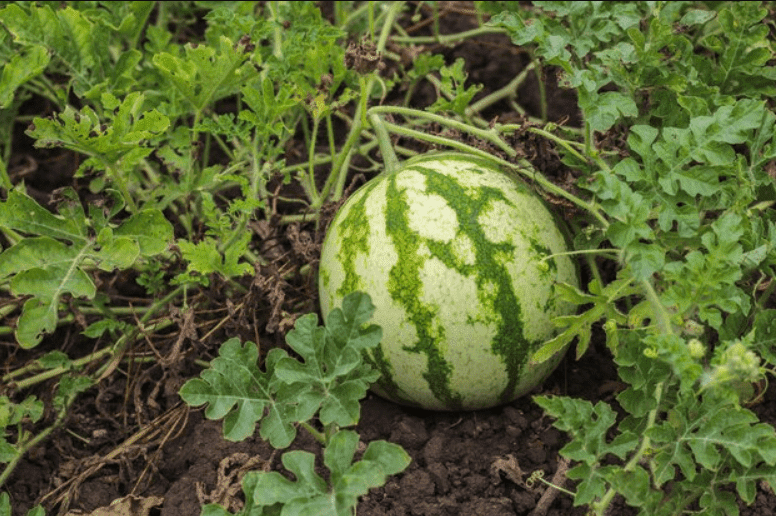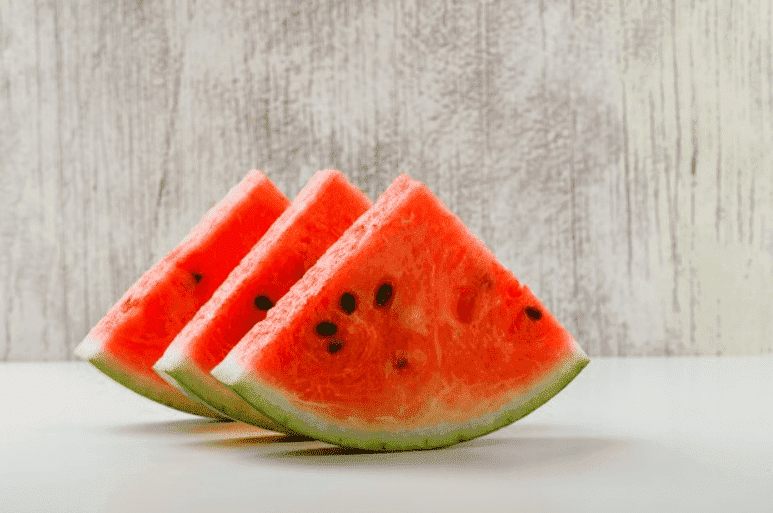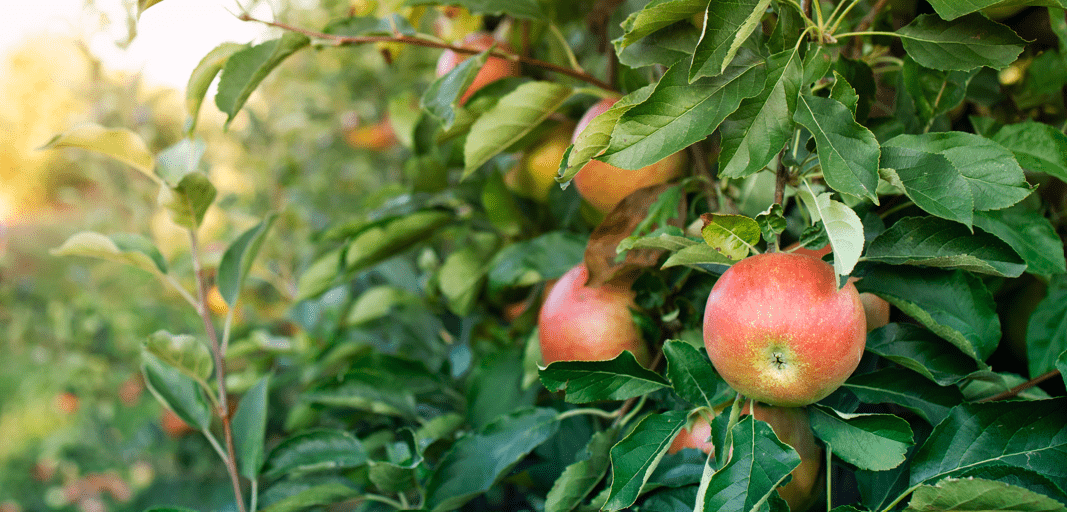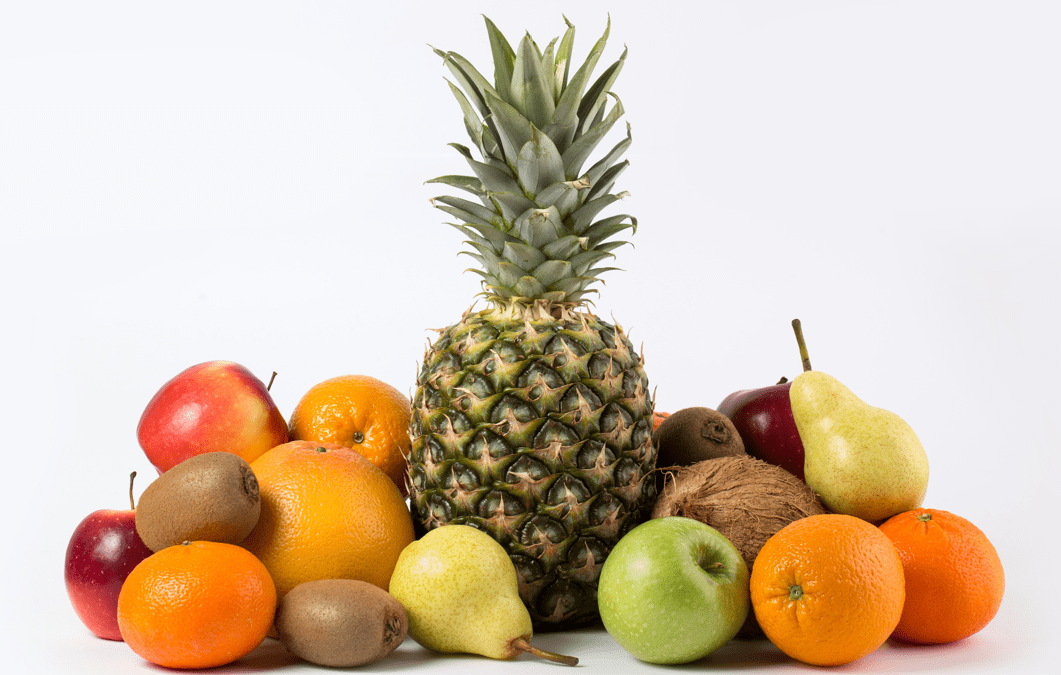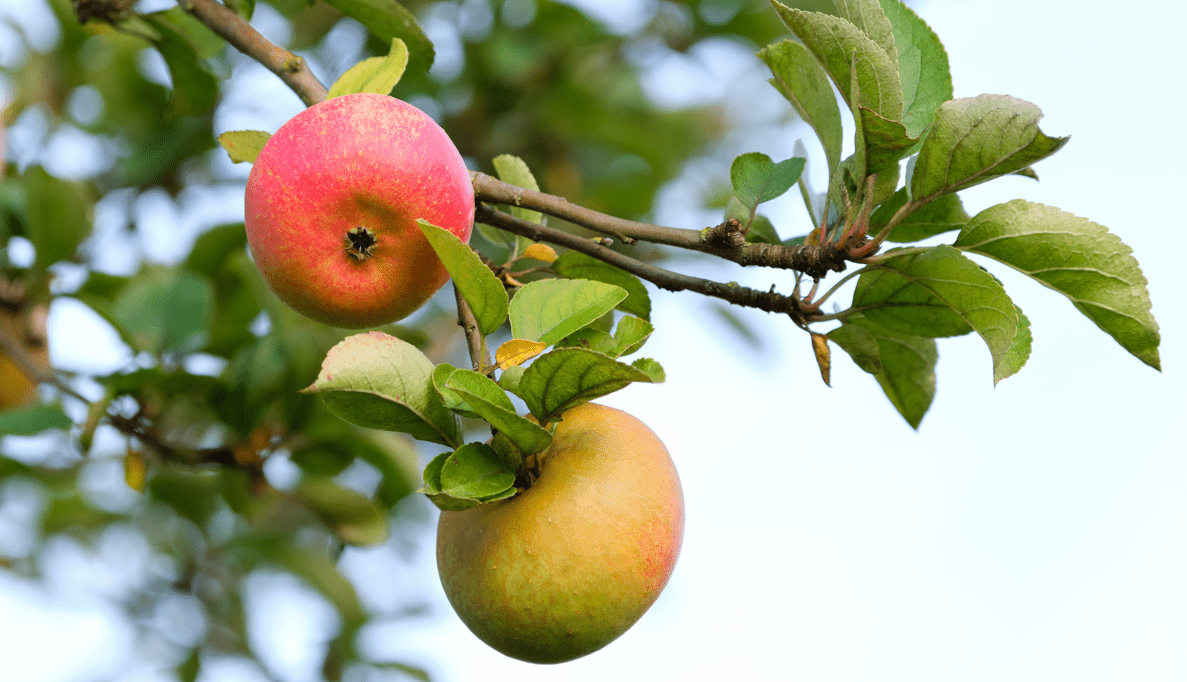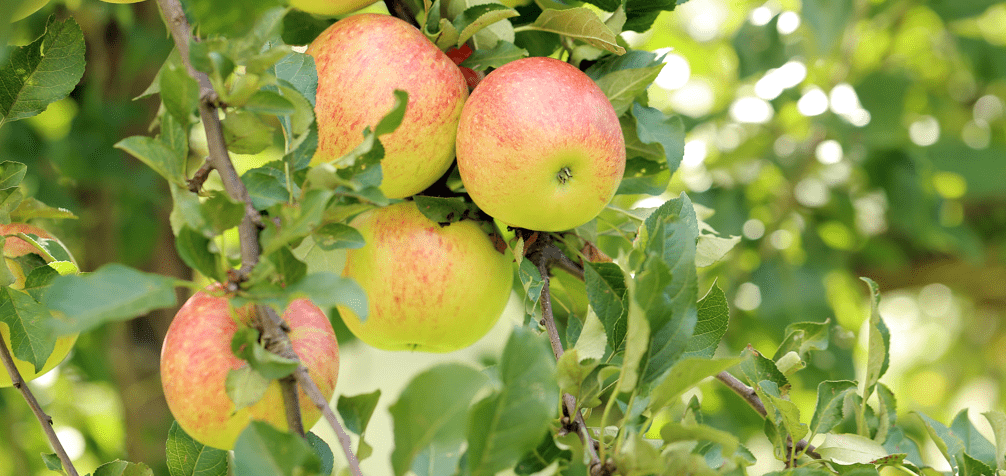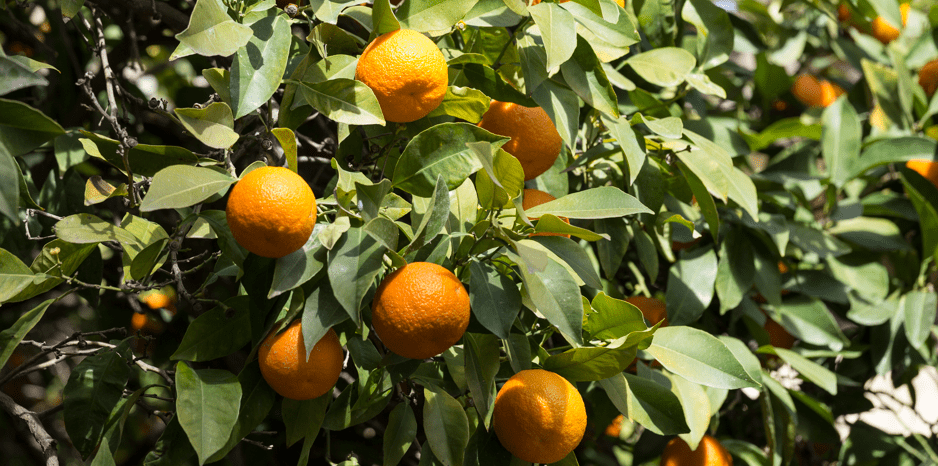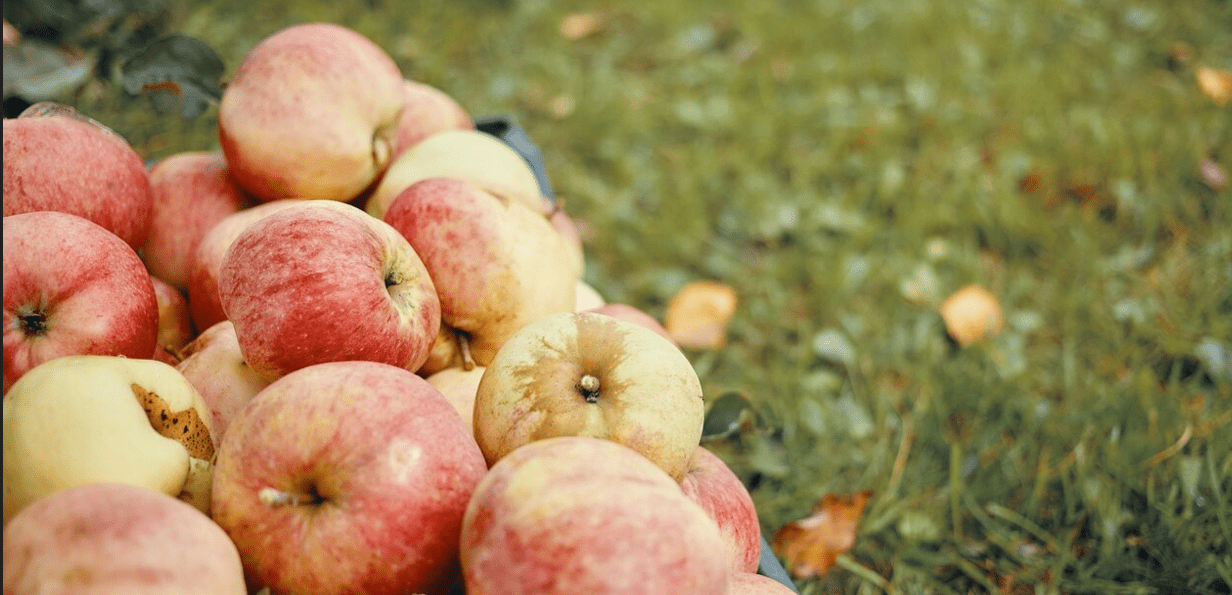Many people believe growing organic apple trees is impossible, but while challenging, it’s definitely achievable. While it needs extra effort to produce clean apples without pesticides, the rewards are worth it.
Few pleasures are guilt-free, like biting into a fresh, organic heirloom dessert apple.
Table of Contents
ToggleSelecting Apple Varieties
Disease resistance is essential, but an apple must taste great, right? Many newer varieties lack flavor, but ‘Liberty’ and ‘Enterprise’ are exceptions.
Fortunately, you’re not limited to modern apples. Nature offers hundreds of heirloom varieties with rich flavors, excellent drying qualities, and great potential for pies and sauces. Many of them are also disease-resistant.
How Rootstock Selection Affects Apple Trees
When you’re learning how to grow Apples without pesticides, choosing the right rootstock is just as important as selecting a disease-resistant variety. Tree size, fruiting time, and sturdiness all depend on the rootstock.
I recommend growing a tree no taller than you can comfortably reach. However, “dwarf” doesn’t always mean small. Depending on the rootstock, dwarf apple trees can range from 4 to 16 feet tall. To know the actual size of your tree, check the specific rootstock name.
Common Apple Rootstocks & Tree Size
- Most dwarfing: M27, P16 (4–7 ft)
- Small dwarf: P22, Bud 146, Bud 491 (5–10 ft)
- Moderate dwarf: Bud 9, M9 (6–12 ft)
- Larger dwarf: P2, O3, M9 EMLA (8–16 ft)
Besides rootstock, the vigor of the apple variety and soil fertility also influence tree size.
Rootstock & Fruiting Time
Typically, the more dwarfing the rootstock, the earlier the tree will begin to bear fruit, often within 2–3 years of planting. Dwarf trees also tend to produce larger fruit.
Staking & Irrigation for Dwarf Trees
Dwarf rootstocks have small or brittle root systems, so they can’t anchor themselves well or access deep moisture. As a result, all dwarf apple trees require Staking for support and Regular irrigation to prevent drought stress.
Thinning Apples for Bigger Fruit
Thin apples within 35–40 days of fruit set for the best results. The sooner you thin, the larger the remaining apples will grow, and the better your tree will bloom next year.
Once pollinated, apple blossoms begin forming seeds. These seeds produce gibberellic acid, a hormone that enlarges fruit but inhibits flower bud development for the next season. The more seeds a tree produces, the fewer flowers and apples it will grow the following year.
Many apple trees naturally bear heavy crops one year and little to none the next. Thinning right after blossoms fall helps balance this cycle, leading to consistent yearly harvests.
How to Thin Apples
- Thin to the biggest fruit. Keep one apple every 6 inches.
- Each cluster has a central king blossom that blooms first and usually produces the largest fruit.
- If the largest apple is blemished, remove it and pick another. If the apples are similar in size, keep the one with the thickest stem, as it has the best chance of growing into a healthy, full-sized fruit.
Bagging Method: A Natural Way to Prevent Pests
Bagging apples eliminates the need to spray which makes it an organic method to keep fruit pest-free. If done it before diseases appear, bagging will also prevent fungal infections.
When to Bag Your Apples
- Bag fruit when it reaches ¾ to 1 inch in diameter (about 35–40 days after blossoms drop).
- This timing aligns with fruit thinning, making it easy to do both tasks together.
- Bag before pests arrive. Use pheromone traps to monitor codling moths, apple maggots, and leaf rollers.
How to Bag Apples
To bag apples, you will need:
- Brown paper lunch bags
- Stapler & staples
Steps:
- Pre-staple the top of each bag in four places (near the thumb cutout and at the corners).
- If growing large apples cut a 1-inch slit down each side for more room.
- Slip the bag over the apple and stem.
- Secure the stem snugly against a staple at the top.
- Add a final staple in the center to keep the bag in place.
Once you get the hang of it, you can bag 3–4 apples per minute. For a mature dwarf tree, bag around 100 fruits. Remove any unbagged apples to prevent pest infestations.
Maintaining Bagged Apples
- Wind or rain may loosen some bags. So, re-bag as needed.
- Throw away Fallen bagged fruit immediately to prevent pests and diseases.
Dealing With Earwigs
While bagging prevents most pests, earwigs may sometimes hide in the bags. Place a clay flower pot filled with straw in the tree to redirect them. Earwigs will take shelter there, where you can safely relocate them.
Removing Bags Before Harvest
- Remove bags 2 weeks before harvest to allow complete coloring if your apples turn red when ripe.
- If your apples stay green when ripe, leave the bags on until picking.
Tips for Keeping Your Apple Trees Healthy & Productive
A healthy apple tree starts with healthy soil and proper care. Follow these key practices to ensure strong growth and abundant fruit:
- Mulch regularly to retain moisture and improve fertility.
- Use brown organic matter (leaf mold, sawdust, woody materials) to promote mycorrhizal fungi, which fruit trees need for strong root development.
- Rake & remove fallen leaves as soon as they drop. It prevents apple scab spores from overwintering and reinfecting trees in spring.
- Plant ground cover & flowers that attract predatory insects like Ground beetles & lacewings (for hiding & egg-laying)
- Use a mix of low & tall plants to provide year-round nectar, pollen, and shelter.
- Use Organic Pest Control

